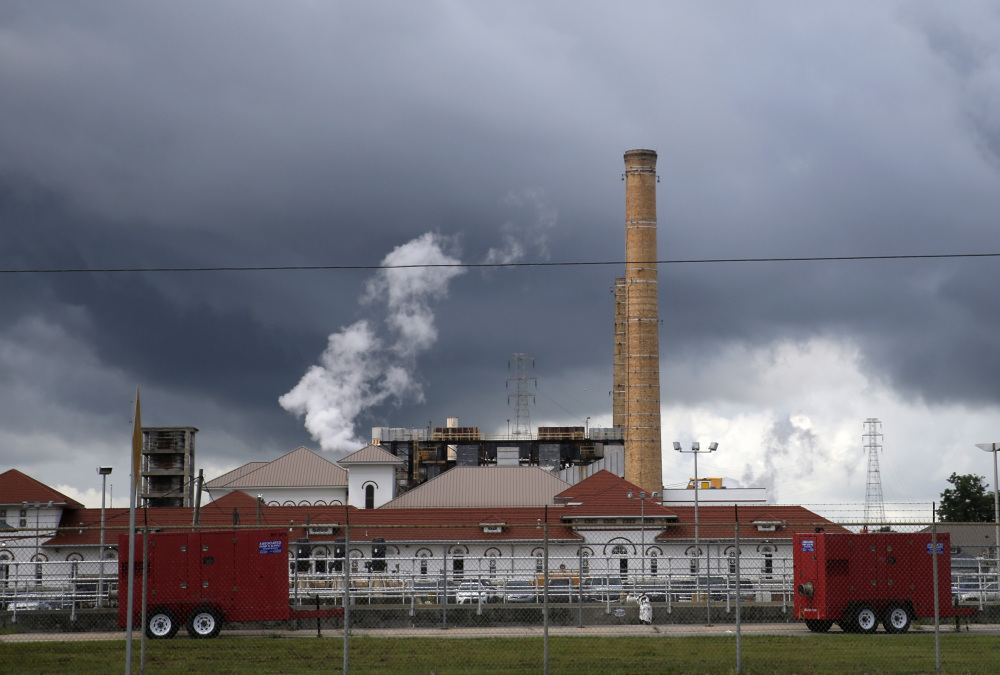NEW ORLEANS — Louisiana’s governor declared a state of emergency in New Orleans on Thursday as the city’s malfunctioning water-pumping system and the threat of more rain left some neighborhoods at greater risk of flooding.
The city scrambled to repair fire-damaged equipment at a power plant and shore up its drainage system, less than a week after a flash flood from torrential rain overwhelmed the city’s pumping system and inundated many neighborhoods.
Gov. John Bel Edwards described his emergency declaration as a precautionary measure. He and Mayor Mitch Landrieu tried to calm the nerves of residents still angry about the city’s response to last weekend’s flooding.
“Obviously this is a serious situation, but it’s not something to be panicked about,” Edwards said at a City Hall news conference.
Landrieu urged residents of some waterlogged neighborhoods to prepare for another possible round of flooding by moving vehicles to higher ground. All of the city’s public schools were closed Thursday and were scheduled to be closed again Friday.
Jamie Hill, a resident of the Mid-City neighborhood that has flooded twice in the past month, was clearing mud, sand, grass and other debris from the storm drain near her home. Her car flooded in an earlier downpour a few weeks ago. She said she’s learned her lesson and now moves her car anytime it rains.
“I’m doing what I can, not that it will really matter if the pumps aren’t working,” she said.
The city’s infrastructure was crumbling for years before the devastation unleashed in 2005 by levee breaches in Hurricane Katrina’s aftermath. The federal government earmarked billions of dollars for repairs and upgrades after the hurricane, but problems have persisted. Streets are pockmarked with potholes and sinkholes. The city’s water system has been plagued by leaks from broken pipes and power outages leading to boil water advisories.
New Orleans’ municipal pumping system is supposed to move water out of the low-lying city. Having the system crippled in August could not come at a worse time for New Orleans, because the Gulf Coast is in the middle of hurricane season.
But officials feared that even a common thunderstorm would test the system’s reduced capacity.
Send questions/comments to the editors.



Success. Please wait for the page to reload. If the page does not reload within 5 seconds, please refresh the page.
Enter your email and password to access comments.
Hi, to comment on stories you must . This profile is in addition to your subscription and website login.
Already have a commenting profile? .
Invalid username/password.
Please check your email to confirm and complete your registration.
Only subscribers are eligible to post comments. Please subscribe or login first for digital access. Here’s why.
Use the form below to reset your password. When you've submitted your account email, we will send an email with a reset code.